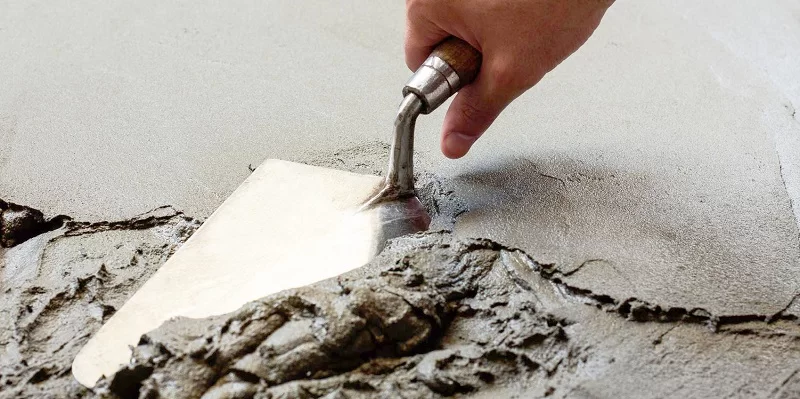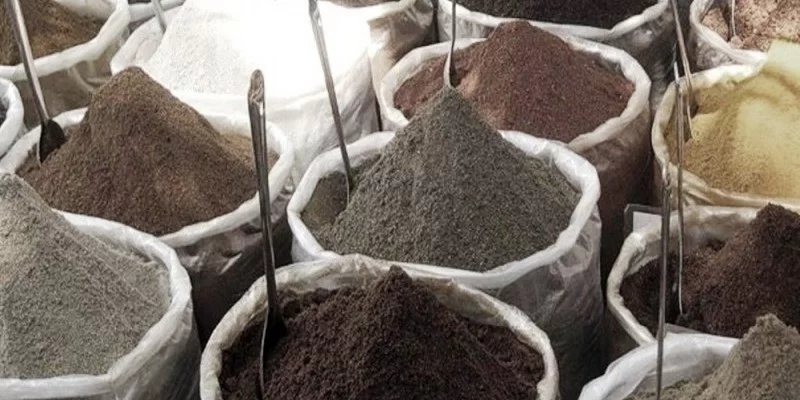Cement — of course, is one of the main participants in the construction process, since it is used to create many different structures (and not only ground ones). This material (without undue modesty) is unique, because its analogue has not yet been discovered or created in the world. Even home repairs are sometimes not complete without a cement mixture. In order for the chosen product to really serve you well, you should choose it correctly, and for non-professionals it is sometimes oh so difficult to do this. Our experts will answer in detail the question of what is the difference between M400 and M600 — one of the most durable among the existing types of cement.
The composition and features of the cement mixture

Cement — one of the most common and popular building materials, is clinker crushed to a powder state, supplemented with modified fillers. The product is used in the construction of structures for various purposes, as well as in the creation of high-strength products.
Externally, the cement is presented in the form of a powdery gray mass, which, when combined with water, transforms into a thick synthetic mixture, is plastic, and when solidified, has high strength. Modern industry does not stand still, constantly improving the material, refining and modifying its structure.
There are several types of cement:
-
slag;
-
Pozzolanic;
-
White;
-
Hydrophobic;
-
Magnesian;
-
Portland cement, etc.
Despite such species diversity, all types of cement have one invariable characteristic — the brand. Conventionally, it is denoted by the letter “M” and the number immediately following it. The latter indicates the maximum load (expressed in kilograms) that a certain volume of cement can withstand without the appearance of deformation marks on it. In fact, we are talking about the strength of the material during its compression.
Characteristics of the M400 and M50 brands
M400 brand cement is deservedly one of the most demanded. Differs in high rates of durability and excellent anticorrosive properties. The product is actively used both in industry and in everyday life as a basis for concrete mortar. The use of the M400 is especially relevant in the following industries:
-
Agriculture;
-
Industry;
-
Construction of ground, underground and underwater structures made of reinforced concrete, as well as reinforced concrete products;
-
When building a foundation, building beams.
-
The considered type of cement has a number of undeniable advantages:
-
Undemanding to hardening and work schedule;
-
Does not give cracks with a slight deviation from the construction technology;
-
Has high frost resistance;
-
Has an affordable price.
Among the shortcomings of the material, perhaps, only insufficient strength can be noted, so the M400 is never used in the construction of high-rise buildings. M400 is best suited for creating concrete slabs and erecting reinforced concrete structures.

M500 — cement, characterized by a fast setting speed, and capable of withstanding a load of up to 500 kg / cm without deformation. M500 brand cement is represented by two varieties:
-
M500 D0 is a pure cement mixture that does not contain any additives. It has found wide application in industrial construction due to its unique characteristics: when mixed with concrete, it improves its water and frost resistance, as well as strength. The design is incredibly stable, able to withstand significant loads.
-
M500 D20 — unlike the previous version, it contains 1/5 additives, which provide, in addition to strength and resistance to moisture / frost, excellent anti-corrosion properties.
Due to its ability to quickly harden, M500 cement is actively used in emergency and repair work. So, in what industries is the M500 often used? This building material is indispensable in the construction of the foundation, the creation of paving slabs, roof tiles, etc.
ON A NOTE. Experts do not recommend the use of the M500 for products that are in an aggressive environment. It is better to prefer sulfate-resistant cement to it.
Main differences
Of course, both brands under consideration are valued in construction for their high strength and resistance to corrosion, but this does not make them identical. Consider the main differences between the two products:
|
|
|
|
|
|
10–12 hours
|
8–9 hours
|
|
|
22–25%
|
25–28%
|
|
|
38
|
47.5
|
|
|
15–20%
|
10–15%
|
|
Harmful chemical elements (formaldehyde, chromium, nickel, etc.)
|
four
|
4.5
|
How to choose the right product?
So, summing up, one can say very flattering things about both brands of cement: both the one and the other product are durable, harden quite quickly. But the amount of additives and the mineralogical composition are far from identical.
To successfully choose the best option, first of all, you should consider the purpose for which the product is purchased. If this is repair and construction work or there is a need to prepare a mortar, the M500 D20 is ideal. If it is planned to erect a reinforced concrete structure, the M400 is indispensable.
At the time of purchase, be sure to pay attention to the packaging:
-
The date of manufacture should not exceed a period of 6 months at the time of purchase, since this figure is the maximum indicator of the “viability” of the product;
-
Type of marking (in particular, the presence of additives);
-
Packaging integrity.
-
In addition to weight, the packaging should contain clear information about who the cement manufacturer is, the country of manufacture (including the city).
ON A NOTE. In no case do not experiment with several cement grades at the same time: mixing M400 and M500 will only lead to a deterioration in the characteristics of both products.


Добавить комментарий
Для отправки комментария вам необходимо авторизоваться.